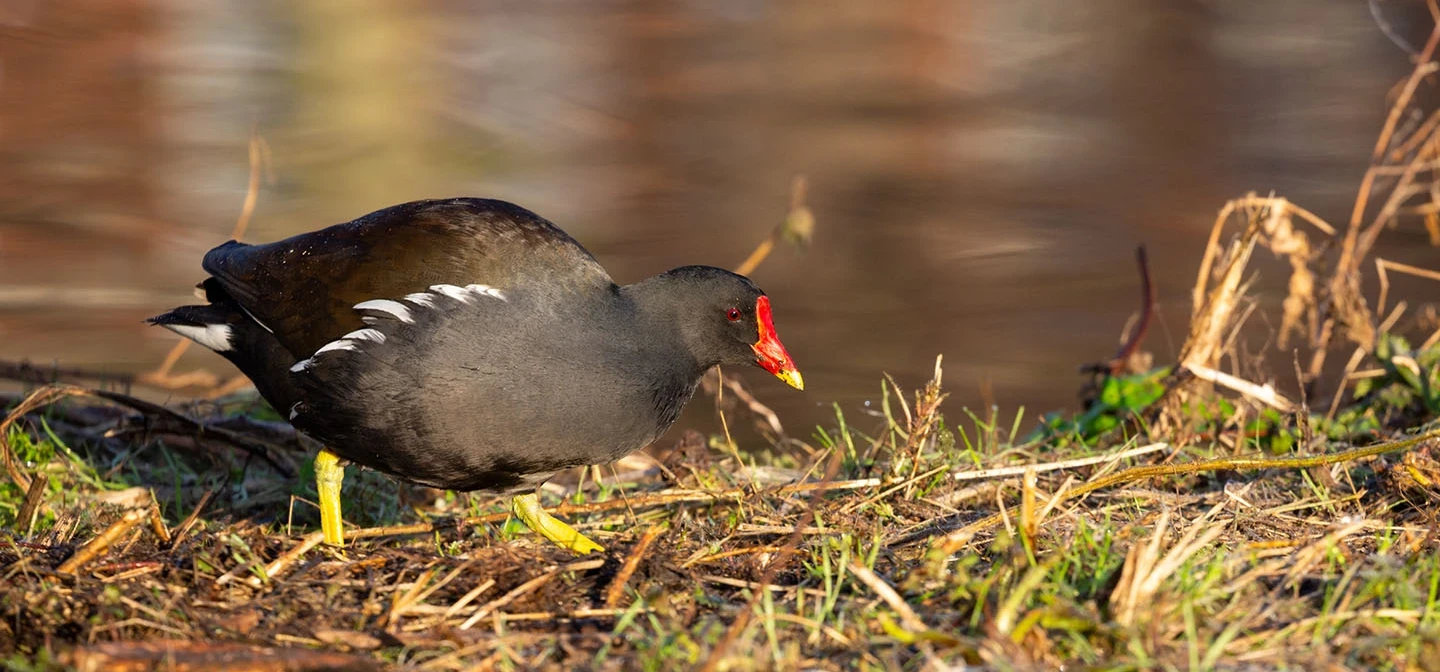
Wildlife in The Regent's Park & Primrose Hill
Key information
Pedestrian gates 5am - 5pm (Primrose Hill open 24/7)
Vehicle gates 7am - midnight
Food & drink available
The Regent’s Park is perhaps best known for its famous rose garden and elegant, treelined avenues. But its 472 acres are a mix of wildlife habitats, from grassland to woodland, wetland and reedbeds to thriving wildflower meadows. Our role is to protect and conserve these historic natural environments, and to create new, biodiverse ones, such as the naturalised grasslands.
Habitats, havens and hideouts in The Regent’s Park
Although they don’t sound as romantic as a wildflower meadow, hedgerows and scrub are equally important wildlife habitats. Our goldfinches, robins and wrens can nest and roost safely – and timid mammals like hedgehogs love the safety of dense scrub for foraging. The Regent’s Park has the only breeding population of hedgehogs in Central London.
Primrose Hill itself includes an area of one of Britain’s rarer habitats – acid grassland. These areas are home to specialist native wild plants, including sheep's sorrel, common cat’s ear and red fescue.
The birds of The Regent’s Park
The Regent’s Park lake is an inner-city haven for bird life – home to the most diverse population of water birds in any of the Royal Parks. Look out for mallards, great crested grebes, grey herons, teal, and shyer birds such as widgeons and pintails. Around 50 cormorants regularly fly in at dusk to roost on the islands.
Keep your eyes and ears open for chiff chaffs, cetti’s warblers and reed warblers around lakeside scrub and reedbeds. Large carp cruise the surface of the lake, but you might also get lucky and see smooth newts or frogs in the more sheltered shallows and ponds.
A great way to birdwatch in The Regent’s Park is with our short, self-guided bird walk.
Letting the grass grow long – putting biodiversity first
Around the sports pitches, you’ll see we’re cutting the grass less , and naturalising the grassland with native wildflowers in order to boost biodiversity and attract more pollinators. In spring and summer, meadows are humming with bees and butterflies, from meadow browns and small tortoiseshells to the rarer marbled white.
We’ve now planted 10’s of thousands of native wildflowers, including lady’s bedstraw, red campion and devil’s bit scabious. If it’s quiet, you might spot a green woodpecker hunting for ants, or kestrels hovering overhead, on the lookout for wood mice and voles.
Wildlife and parklife – a delicate balancing act
The Royal Parks are unique urban parklands, where people and wildlife can come together. We have a responsibility to protect both, and to balance the best interests of the people, animals, birds, plants and planet for future generations.